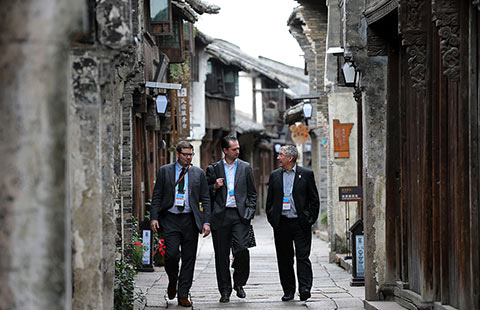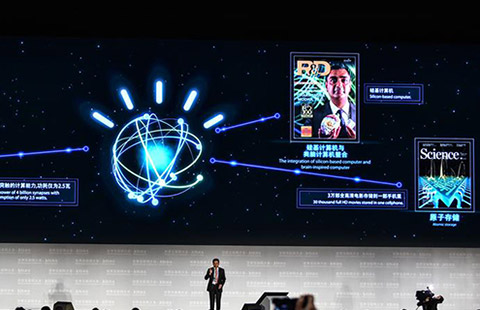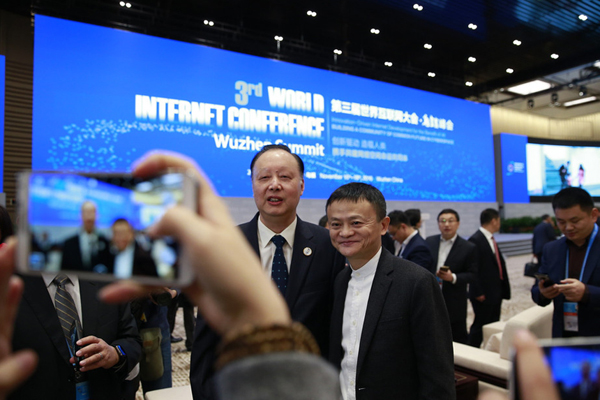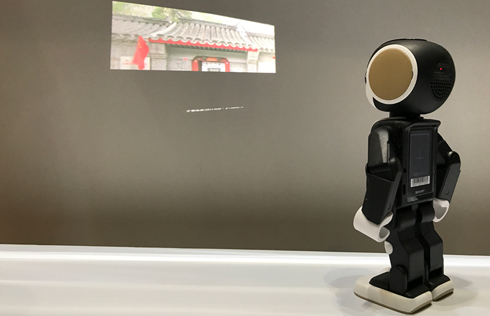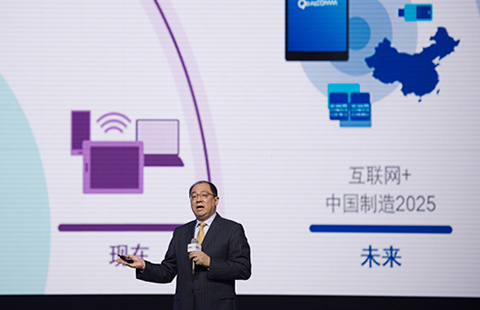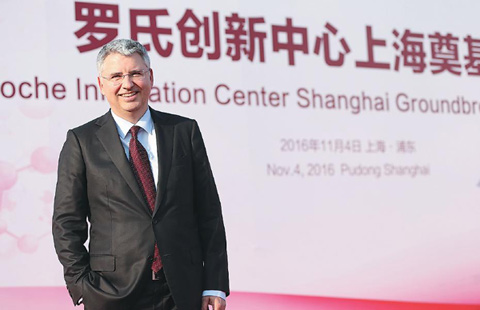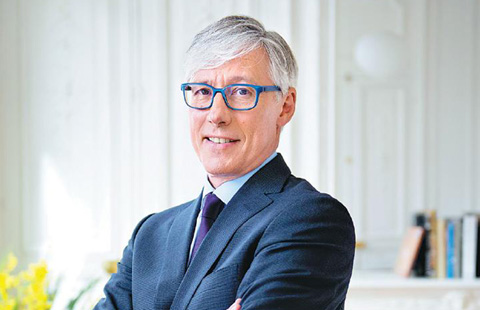Zeiss zooms into focus with a rapid growth of revenues
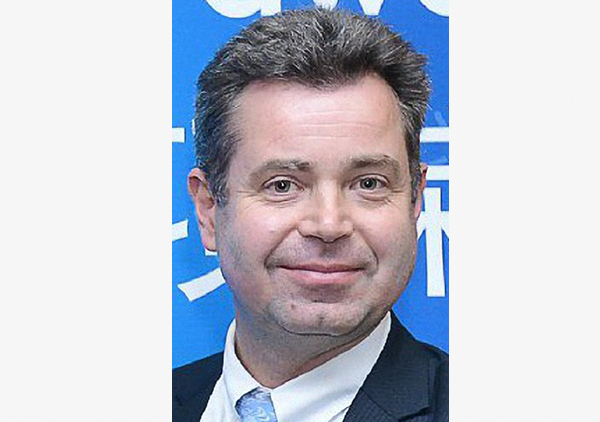 |
|
Maximilian Foerst, president of Zeiss China. [Photo provided to China Daily] |
Having been Zeiss' president of South Korea, France and China, Maximilian Foerst, has proved himself as an effective leader by presiding over a period of rapid revenue growth in all those regions during his tenure.
China was the sixth biggest market for Zeiss when Foerst came to China eight years ago and now it's the third biggest market for the company. He modestly attributed their success to those companies always providing innovative products and outperforming the competitors.
"China, by far, is the most dynamic market for Zeiss. Even though the country is seeing a slowdown in the economy, there is still substantial growth potential," said Foerst.
He said he believes that a healthy economy cannot keep a double-digit growth in the long run and the reform China is undertaking currently is good for its sustainable development. "China cannot always rely on cheap labor to compete with foreign counterparts even though the labor advantage has helped the country's economic development in the past," he said.
"Eventually, the country needs to strengthen innovation, which is what the Chinese government is encouraging right now."
The word "innovation" is not new for the Oberkochen-headquartered German company which focuses on optics-related research and manufacturing. "Our company is built on innovation," said Foerst. Up to 11 percent of the company's employees are working in R&D and more than half a billion euros ($544 million) is invested in the sector annually.
 |
|
A staff poses with an ExoLens on a mobile phone at the Zeiss booth on the Photokina, the world's largest fair for imaging in Cologne, Germany, September 20, 2016. [Photo/Agencies] |
In China, it's the same. "We valued innovation a lot since the company's establishment," said Foerst.
"To be closer to our customers, we established our China innovation center in 2012 in Shanghai. Currently, there are 50 engineers, of whom 98 percent are Chinese and focusing on products for expanding the Medical and Microscopy markets," he said.
"Chinese engineers bring their understanding of local market requirements and the potential of the local supply chain. We hire people in the center who can turn innovative ideas into customer-oriented products," he added.
"I try to help our employees realize their ideas in the company and provide them with the support to do so," said Foerst. "We do not tell them exactly what to do, as in this way they have the freedom to be innovative in achieving their targets. We recruit employees who like this type of environment, to enable both the company and the employees to be more successful at the same time."
In Zeiss' 170 year's history, it has contributed to the general advance of scientific development by offering not only high-quality microscopes but innovation in many other areas. As Zeiss has continued to forge its deep relationship with progress, Foerst himself has had a deep relation with the company. He joined the company as project manager of Zeiss Group Internal Consultant in Germany in 1995 and spent more than 21 years with the company in different business units and regional markets.
He said there are three main factors that determine business success. "These are how you train people, how you focus on people and how you interact with your customers. All the success we achieved in China has related to how we invested in our team to enable them to better support and interact with our customers," he said.
Facing fierce competition for skilled employees in the market, Zeiss nonetheless has a much lower employee turnover rate compared with the average.
Many people in Zeiss Germany have been working in the company for over 30 years. The company's global employee turnover is as low as 4 percent. In Shanghai where Zeiss China's headquarter is located, the city's annual employee turnover rate is 17 percent while Zeiss China's turnover figure is just 7 percent.
"People stay with us because they see our company and their personal success in the future," said Foerst. "We are a very stable company with stable management."
Zeiss is not publicly listed and the Zeiss foundation controls the company, which has given it an advantage for long-term planning and investment in high-end technologies, which may not always be conducive to short-term profit returns.
Even so, Zeiss is in fact a very profitable company. For the first six months of the 2015/2016 fiscal year to March 31, the company realized a 5 percent year-on-year revenue increase to 2.3 billion euros, according to the company.
Foerst said his group will keep investing heavily in China, focusing on areas that the local market needs. The company has major business segments including semiconductor manufacturing, industrial metrology, microscopes, medical technology and vision care.






